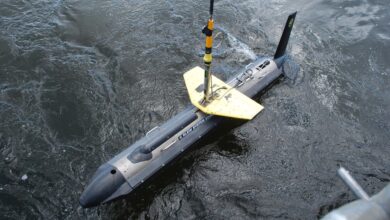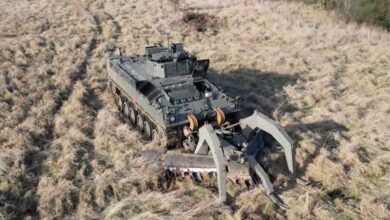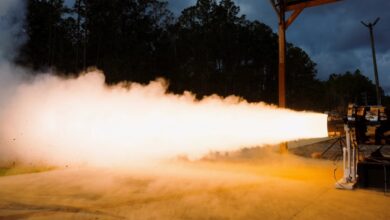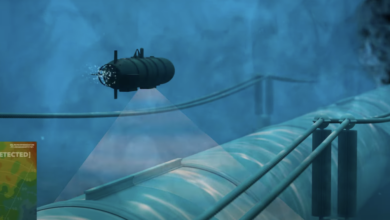US Navy Taps Textron for Non-Towed Mine Countermeasure Technology
The US Office of Naval Research has contracted Textron to develop a non-towed mine sweeping payload technology.
Magnetic and Acoustic Generation Next Unmanned Superconducting Sweep (MAGNUSS) technology will be one of the US Navy’s Mine Countermeasure Unmanned Surface Vehicle’s (MCM USV) multiple payloads.
The MCM USV is a long-endurance, semi-autonomous, diesel-powered vessel employing a range of mine countermeasure payload delivery systems (PDS) such as minesweeping PDS, minehunting PDS, and the future mine neutralization PDS.
The nearly $21-million contract is expected to be completed by March 7, 2026, with an option for an additional 12 months for $54 million.
MAGNUSS Technology
The MAGNUSS comprises a high-temperature superconducting magnetic source integrated with a non-towed, advanced acoustic generator and command and control system.
The advantage of a superconducting magnet is that it “runs at very-high electrical currents with near-zero resistance,” the US Office of Naval Research explained in a notice.
The magnet “generates a magnetic dipole moment with suitable performance to effectively sweep magnetic influence mines when coupled to an acoustic generator.”
The modularity of the superconducting magnet and acoustic generator allows them to be deployed on any craft as a single payload.

Mine Countermeasure Unmanned Surface Vehicle
The MCM USV is intended to replace the MCM-1 class mine countermeasures ships and MH-53E helicopters.
The navy has been transitioning MCM missions from legacy minesweepers to Littoral Combat Ship-deployed mission modules such as the MCM USV.
The navy contracted Bollinger Shipyards to build 3 MCM USVs in August 2022, with an option for an additional 27.
Bollinger is partnering with HII Unmanned Systems and Raytheon Technologies on the program.












